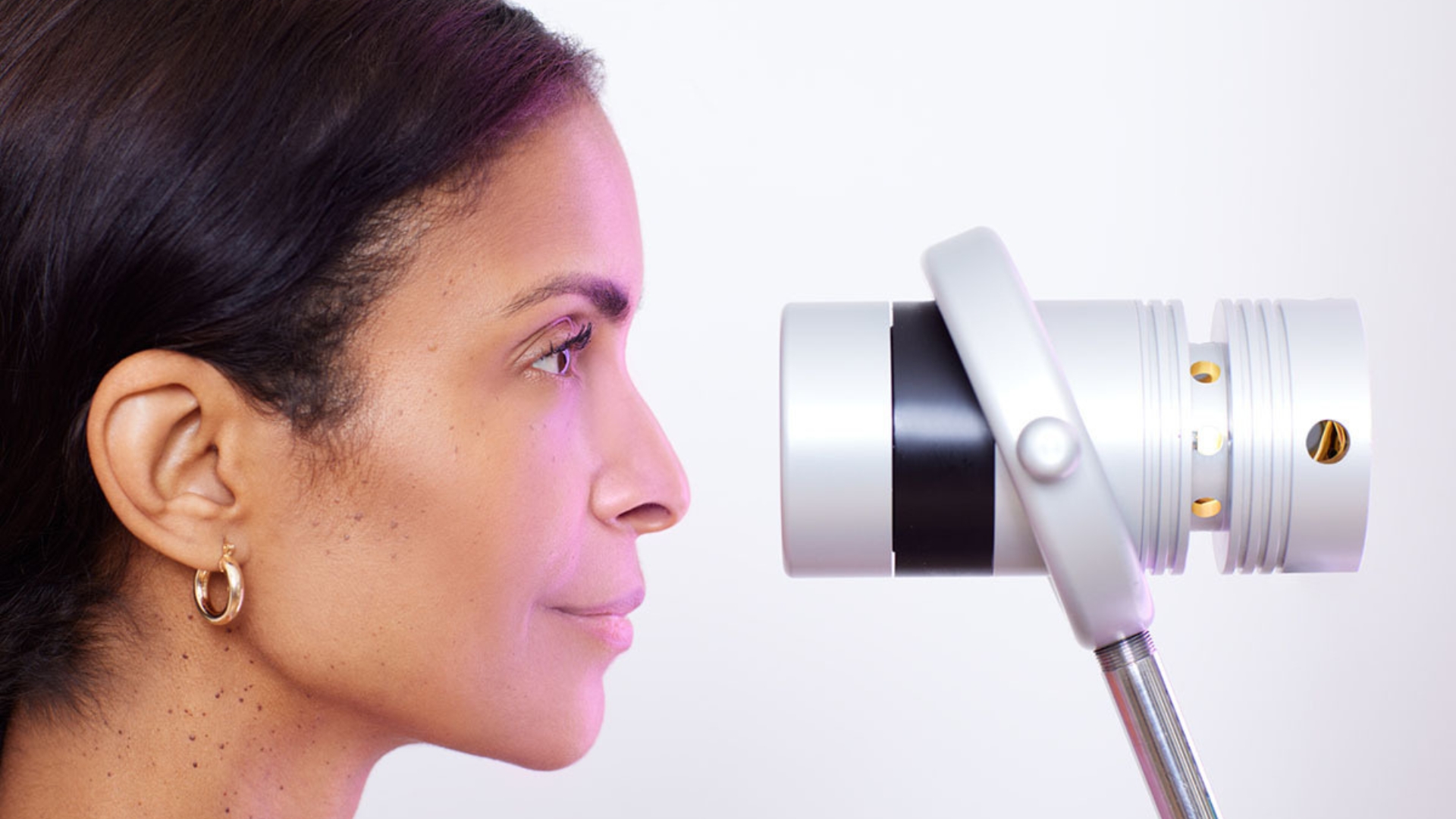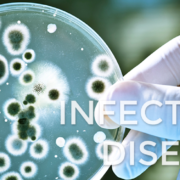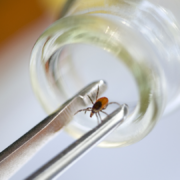How to Find a Lyme Disease Specialist
It is hard to imagine that a tiny deer tick bite could wreak such havoc on your health, and often before you even know it is the masterful assailant. What’s especially tricky about this tick-borne disease is that once it has disseminated (in other words, made itself at home in your body), it tends to invite co-infections and a confusing collection of symptoms.
For this reason, it takes a collaborative team to confront and kick out this complex disease. When seeking a Lyme disease specialist (think of specialist as a collective noun), it is helpful to know who you should be looking for in the first place.
Before we tell you how to find a Lyme disease specialist, it’s important to understand why the traditional approach to treating Lyme disease doesn’t usually cut it.
Conventional Medicine Model and Lyme Disease
Lyme disease is one of the fastest-growing vector-borne infectious diseases in the United States, and hundreds of thousands of cases are diagnosed annually. The fact that Lyme disease is actually very challenging to diagnose in a timely manner, especially in the early stages, means we can only fathom how many cases are left undiagnosed or misdiagnosed every year. As Lyme disease transitions from an early localized disease (before it spreads throughout the body) to the early disseminated and then late disseminated (chronic) stage, the health implications become greater.
The way the disease manifests in the body and mind is different for everyone—this is why the conventional approach falls short. A simple example of this is the bullseye rash (erythema migrans), which is commonly believed to be a foolproof way to tell whether you’ve been infected. However, less than 50% of infected persons report ever having this very noticeable round rash.
The fundamental problem with the traditional approach to Lyme disease, starting with suspecting a Lyme infection, is that a very straightforward protocol is followed. Lyme disease is anything but a straightforward disease, and because each patient is unique, the same basic protocol is not suitable or effective for everyone. Aside from that, there are downsides to the testing methods, the singular treatment option, and how health care professionals tend to treat the condition but not necessarily the whole person.
Unreliable Lyme Disease Testing Methods
The two most common ways to test for Lyme disease are the enzyme-immunosorbent assay (ELISA) and the Western blot blood tests. While the Western blot is the more reliable of the two, it typically isn’t used unless the ELISA test comes back positive. These diagnostic blood tests measure the presence of antibodies created in your body if you were infected with the bacterium Borrelia burgdorferi, the bacterium responsible for Lyme.
It can take weeks for your body to produce a response to the infection, which makes it very possible to test negative when you are, in fact, positive. The ELISA test produces a false negative 50% of the time, and the Western blot only has an accuracy rate of about 80%. As you can see, this is problematic because the easiest way to eradicate Lyme disease is to catch it and treat it early.
Because these tests are not totally reliable, many medical professionals specializing in Lyme disease take into consideration other factors, such as tick exposure, endemic locations, possible symptoms of Lyme disease, and medical history. Sometimes, preventative treatment is considered if the patient has received a tick bite in a Lyme endemic area, even if test results are negative.
One-size-fits-all Treatment Plans
While the course of treatment will vary from patient to patient based on the stage and severity of symptoms, the generally accepted and administered approach is heavy antibiotics. According to the Global Lyme Alliance, following a tick bite, a minimum of a 14–21-day course of oral antibiotics is prescribed as a preventative measure. At the early localized state, a minimum of two to six weeks of antibiotics are taken; at the late stage, four to six weeks of antibiotics are recommended. More antibiotics are prescribed as deemed necessary or following a recurrence of symptoms, which is common. Doxycycline, amoxicillin, and cefuroxime are the most widely used antibiotics to treat Lyme disease.
As you can see, this approach is rather uncreative and incomprehensive. While antibiotics are typically pretty good at wiping out bad bacteria, they are also amazing at exterminating all the good bacteria, which play a major role in your body. Long-term use of antibiotics can cause cellular toxicity, gut microbiome disruption, energetic dysfunction, and immune system imbalance.
There is no one-size-fits-all treatment for Lyme disease.
Treating Lyme Versus Treating the Patient with Lyme
Traditional medical professionals tend to focus heavily on the specific disease and what are believed to be the associated symptoms. However, in the case of chronic Lyme, the disease is often more than just a singular bacterial infection. And as mentioned earlier, the way the disease manifests in each patient is intricately unique. Even if an antibiotic treatment works to eradicate the Lyme bacteria, that doesn’t necessarily mean that the damage done is magically fixed all of a sudden.
It is well-reported that a Lyme infection can also include other co-infections and debilitating symptoms that might appear to be linked to an entirely different condition (i.e., chronic fatigue syndrome, fibromyalgia). This is why Lyme is referred to as the Great Imitator.
Lyme affects not only the body but the mind and spirit too. For this reason, treating Lyme disease with the goal of complete eradication needs to go beyond simply treating the Lyme infection. Learning how to find your Lyme disease specialist is an essential first step in regaining your life without Lyme.
How to Find Your Lyme Disease Specialist
When seeking a Lyme disease specialist, you should first and foremost seek a team that fully embraces a truly integrative medicine philosophy. As defined by the IM Health Team, “a truly integrative medical approach must make use of ALL viable healing options and aim to unify medical choices for a single comprehensive treatment plan that restores proper functioning on all levels of the body.” Integrative medicine means utilizing alternative, biological, and conventional medicine, as well as spiritual practices, emotional therapies, and psychology.
Every Lyme patient has different genes, environmental factors, toxic exposures, emotional traumas, and past experiences that make a wide range of therapeutic options essential. Your body has an unbelievable ability to heal, but the internal environment must be made conducive for self-healing.
Your Lyme disease specialty team should understand and use this to orchestrate a completely customized approach to treating you, the one-of-a-kind patient with Lyme disease. Blanket approaches to health and healing need to become obsolete—your infectious disease specialist will feel strongly about that!
An extremely personalized approach that aims to restore health by eliminating the root causes of dysfunction and disease and eventually restoring your ability to self-heal and regenerate is what you should be seeking; this is available to you. As no two cases of Lyme disease are the same, customization is vital for success. To create such a customized plan, a comprehensive blueprint is needed that includes your biochemical, physical, mental, emotional, and spiritual signature. This is possible with an innovative system created by Dr. Thomas K. Szulc, MD, called Bioresonance Analysis of Health (B.A.H.)
In short, B.A.H. is a comprehensive medical system that evaluates a patient on 25 vital parameters, including toxicity levels, pathogens present, presence of emotional/electromagnetic/geopathic stress, autonomic nervous system function, tissue pH, nutritional deficiencies, allergens, and dysbiosis of the microbiome. The results provide the practitioner with the ability to construct a highly specific program of treatment.
B.A.H. allows, with exceptional precision, the establishment of the correct dosage, frequency, and length of applications of therapies, medications, and other treatment modalities based on individual requirements. This system takes the guesswork out of creating an effective plan. This is a powerful and game-changing tool!

An Integrative Approach to Chronic Lyme Disease Treatment
At the New York Center for Innovative Medicine, you will find a united team of integrative practitioners who work together using a five-phase protocol as a guide to constructing a customized treatment plan to eradicate Lyme and all residual problems, including emotional trauma. To be free of Lyme disease, all root problems must be confronted. The combination of therapies and treatments used during each of the five phases will be different for each patient but might include integrative therapies such as the ACMOS method, Biomagnetic therapy, Ultraviolet Blood Irradiation therapy, Phospholipid Exchange therapy, Ozone therapy, and NAD/Brain Restoration Plus. These therapies are used for detoxification, tissue oxygenation, energy balancing, emotional support, nutritional support, and non-antibiotic pathogen removal.
The five phases are:
- Identify all underlying dysfunctions on all levels
- Begin a comprehensive and prioritized treatment plan
- Correct energetic imbalances
- Personalize pathogen-related treatments
- Address residual problems
It takes a village to write a Lyme disease success story, but with over 100 cutting-edge therapies from around the world and your very own team of Lyme disease specialists bound together by the creed of true integrative medicine, your Lyme story can have a happy and healthy ending.
Your Innovative Resource Guide to Lyme Disease from Diagnosis to Post Treatment
Lyme Disease Defense Kit: A Complete Arsenal for Natural Elimination
Debugging Lyme: How to Treat Lyme Disease for Total Eradication
A New Integrative Approach to Lyme Disease
Naturopathic Treatment for Lyme Disease (and Why They Work)
The Top Therapies for Lyme Disease That Your Doctor Won’t Tell You
The Best Diet for Patients with Lyme Disease
Best Post Lyme Disease Therapies to Optimize Recovery
What Is Post-Treatment Lyme Disease
Exiting Survival Mode: Post Treatment Lyme Disease
7 Post Lyme Tips from a NYCIM Lyme Disease Patient
Disclaimer: The statements made in this article have not been evaluated by the Food and Drug Administration. Any products or treatments mentioned are not intended to diagnose, treat, cure, or prevent any disease. Please consult a licensed medical practitioner for medical advice.
At Innovative Medicine, we believe in transparency. We want you to know that we may participate in affiliate advertising programs pertaining to products mentioned herein.
See how we can help you restore complete health of body, mind & spirit.
Join our mailing list and receive exclusive offers + information!







Leave a Reply
Want to join the discussion?Feel free to contribute!